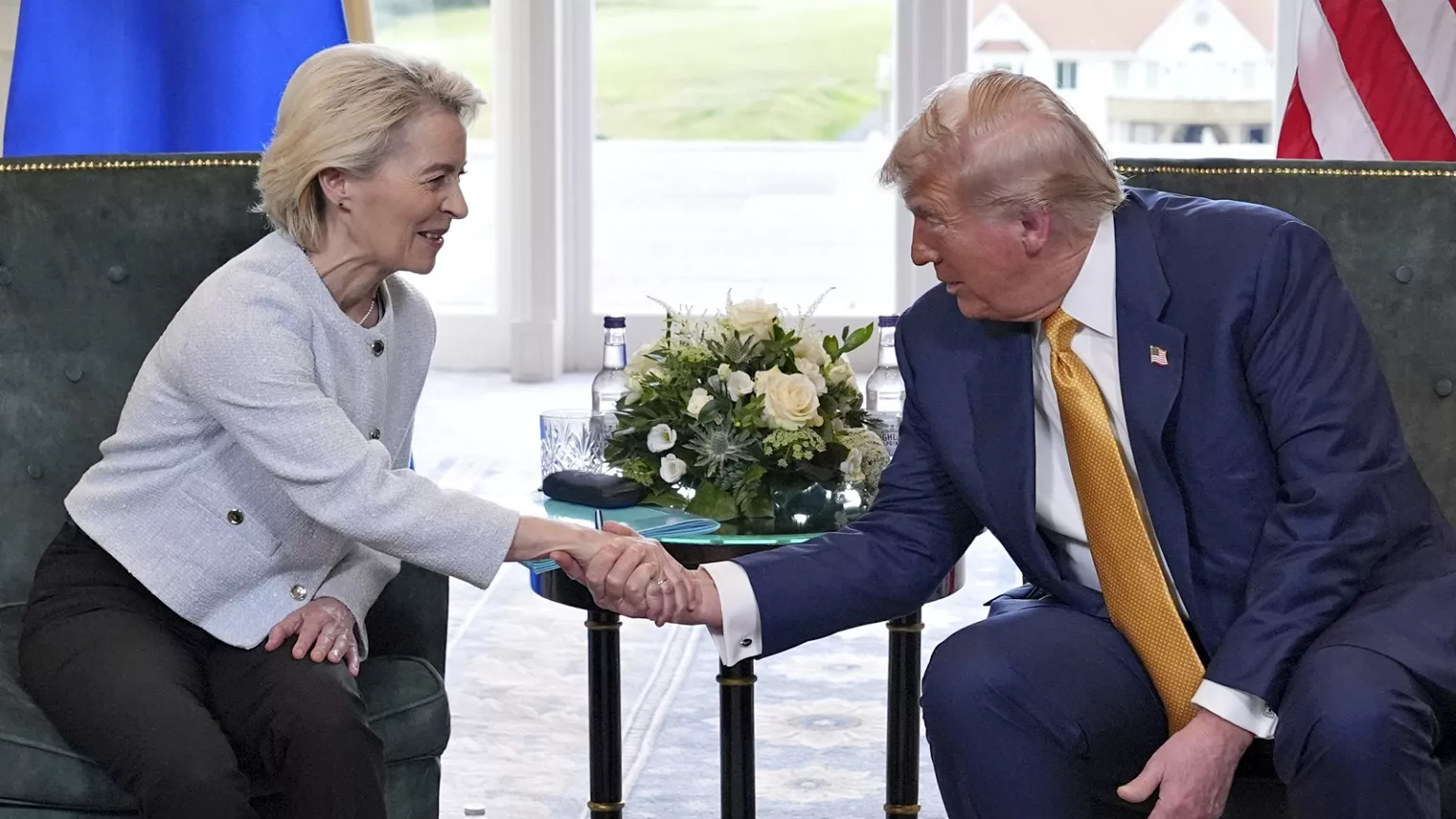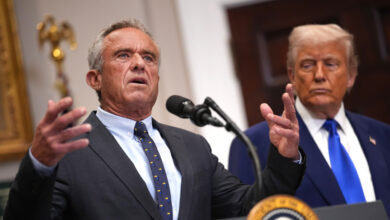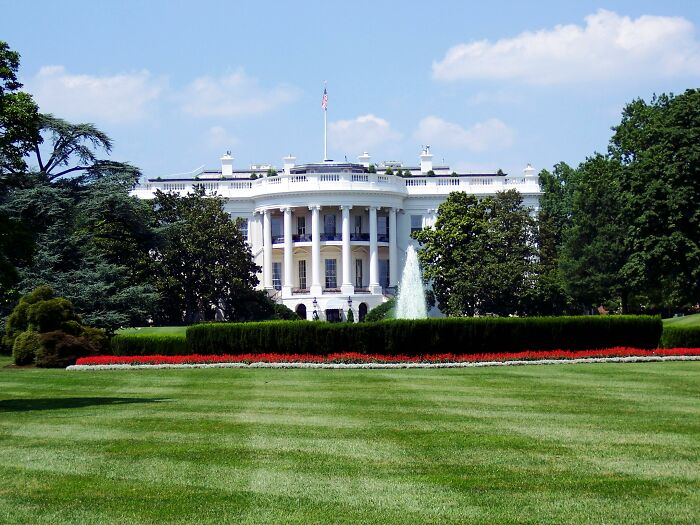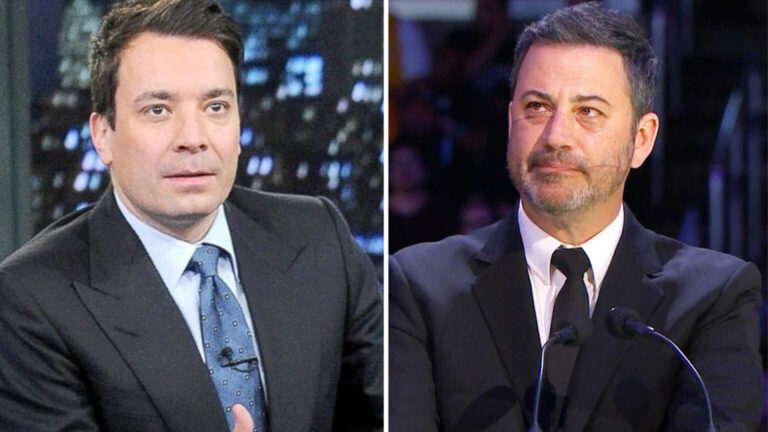BREAKING: President Trump Strikes Massive Deal With EU
Donald Trump has finalized a new trade agreement with the European Union that sets a 15 percent tariff on most EU imports to the United States.
The deal was announced after a meeting between Trump and European Commission President Ursula von der Leyen at Trump’s Turnberry golf resort in Scotland. Both sides concluded weeks of intense negotiation to avoid the full-scale trade war that had loomed.
Trump originally threatened tariffs as high as 50 percent. The European Union conceded to the 15 percent baseline in exchange for tariff-free access to certain sectors and a guarantee of continued trade flow.
As part of the agreement, the EU committed to buying 750 billion dollars worth of American energy over three years. This includes liquefied natural gas, crude oil, and refined petroleum products.
Additionally, the EU agreed to invest 600 billion dollars into U.S. industries, including military manufacturing, heavy equipment, and advanced manufacturing infrastructure.
Trump said, “We are agreeing that the tariff straight across for automobiles and everything else will be a straight-across tariff of 15 percent.”
The agreement provides tariff-free access in specific areas such as aircraft parts, semiconductors, generic drugs, and select agricultural goods. American farmers and manufacturers are expected to benefit from reduced restrictions.
Steel was excluded from the deal and remains under a 50 percent tariff. Trump defended this move as necessary for protecting strategic national supply chains.
The deal is being hailed by Trump allies as a strategic win that puts American workers and industries first. Critics in Europe are expressing concern that the agreement heavily favors U.S. interests.
French Prime Minister François Bayrou called the outcome a dark day for Europe and claimed the EU capitulated to American pressure.
German Chancellor Friedrich Merz said that while the deal is burdensome, it was the best option available given the alternative of facing heavier tariffs.
Italian Premier Giorgia Meloni described the deal as pragmatic and stated it was important to preserve trade flow and avoid economic damage.
The announcement caused markets to stabilize. Stocks for U.S. energy companies and industrial firms showed gains immediately after the news broke.
Boeing, in particular, saw a bump in value as aircraft parts were among the sectors receiving tariff relief under the new agreement.
Oil prices rose by two percent as the energy market adjusted to expectations of increased U.S. exports to the European Union.
The White House said in a statement that the agreement will enable U.S. farmers, ranchers, fishermen, and manufacturers to increase exports and help reduce the goods trade deficit.
The Liberation Day tariffs laid the groundwork for the new deal. Trump had imposed these tariffs earlier this year as a leverage tool to force renegotiation of foreign trade agreements.
This deal aligns with similar agreements made by the Trump administration with Japan, the United Kingdom, Vietnam, and the Philippines. Talks with China are ongoing.
The EU was given a clear choice. They could accept reciprocal tariffs and investment commitments or face severe economic consequences under the previously announced tariff structure.
Many economists acknowledge the deal avoids a costly trade war while still advancing American trade goals and securing key economic concessions.
Trump administration officials said revenue from the 15 percent tariff will help reduce the deficit and fund tax relief efforts for middle-class families.
Trump’s America First strategy continues to drive trade policy under his leadership. This reverses decades of lopsided globalist agreements that disadvantaged U.S. producers.






